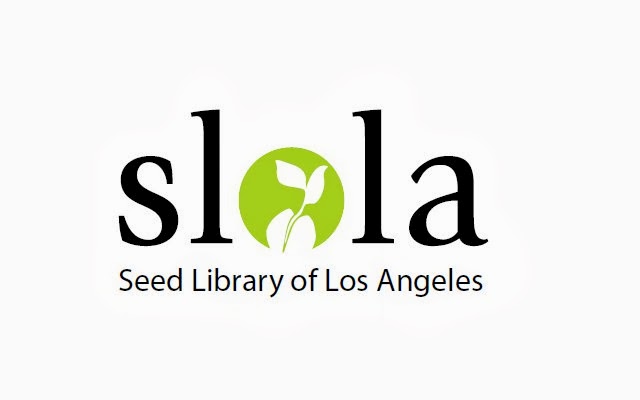January 19 – 21, 2012
Port Townsend, Washington
Port Townsend, Washington
Organic Seed Alliance invites you to help shape the Sixth Organic Seed Growers Conference by providing suggestions for content and speakers and submitting proposals for presentations, posters, panels and roundtable discussions. This is your opportunity to share important research and ask timely questions of your organic seed community members. The conference is the only event that brings together diverse members of the organic community – farmers, seed companies, pathologists, plant breeders, food companies, policy experts, and seed advocates – in two days of presentations and networking events focused solely on moving organic seed systems forward.
Past conference topics have included seed pathology, seed biology, breeding for nutrition, breeding for ecological complexity, seed economics and marketing, and presentations from experienced organic seed producers. Conference attendees receive practical information, cutting edge research, updates on policy and seed advocacy efforts, a published proceedings, and inspiring stories from the field.
In preparation for the 2012 conference, we are seeking input from diverse stakeholders in the organic seed community. Suggestions for content and proposals for presentations, posters, panels and roundtable discussions must be submitted by July 1, 2011. Applicants will be notified by August 1, 2011.
Proposals (presentations and posters):
To submit a proposal, please contact Cathleen McCluskey at cathleen@seedalliance.org with the following information: contact information; name and title of speaker or author; title of presentation, poster, panel, or roundtable topic; target audience; and a brief description (300 words or less). We welcome not only academic sessions, but also encourage advocates, government staff, and others with practical knowledge of organic seed systems to participate. Please submit content in MSWord format or in the body of an email. Each presenter will be required to submit a paper for the conference proceedings. Do not hesitate to contact us if you would like assistance with the proposal process. We regret that we are unable to provide travel support for meeting participation.
Suggestions for content:
We also welcome suggestions for speakers and topics. What issue would you like to learn more about? What questions do you want to see addressed through a panel discussion or presentation? Who would you like to hear speak at the conference? Please email your ideas and questions to Cathleen McCluskey at cathleen@seedalliance.org. If possible, please include: name and contact information (for follow-up questions), suggested topics, suggested speakers, and any additional input regarding conference format and agenda (note: the date and location are already set).
Selection process:
Proposals are evaluated and chosen by a review committee with diverse representation from the organic seed community as well as input received through past conference evaluations.
Conference location, facilities, and special features:
Fort Worden State Park and Conference Center is a wonderful gathering place and offers historic buildings on the water with stunning views. This facility offers reasonable rates for participant lodging and delicious organic food featuring the Northwest’s best. There will also be live music, farm tours, and more! Registration opens September 1, 2011.
david










